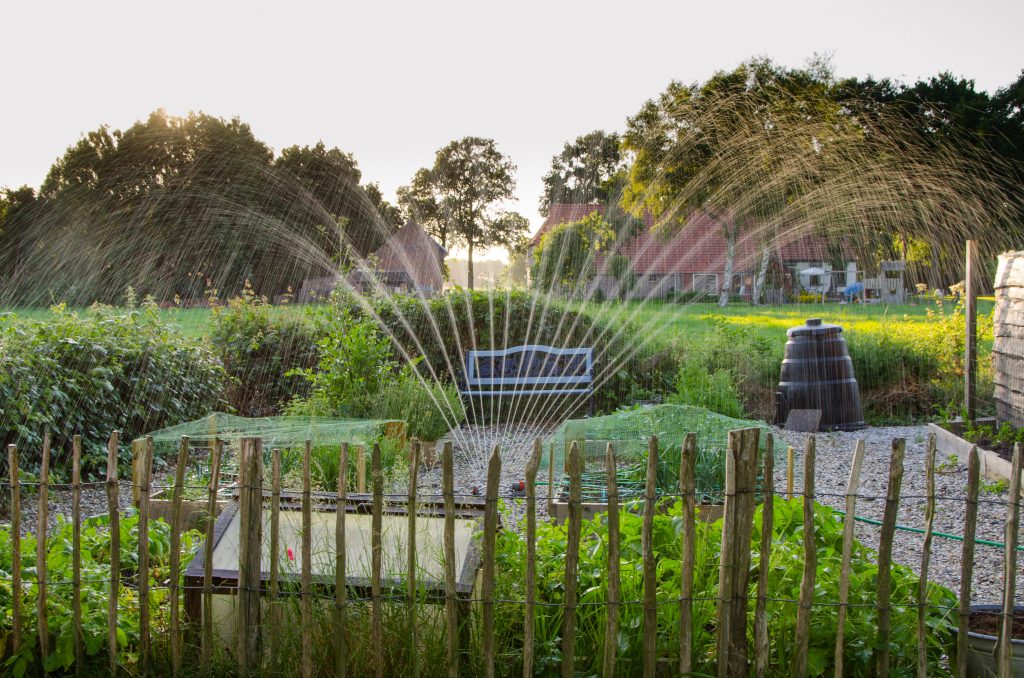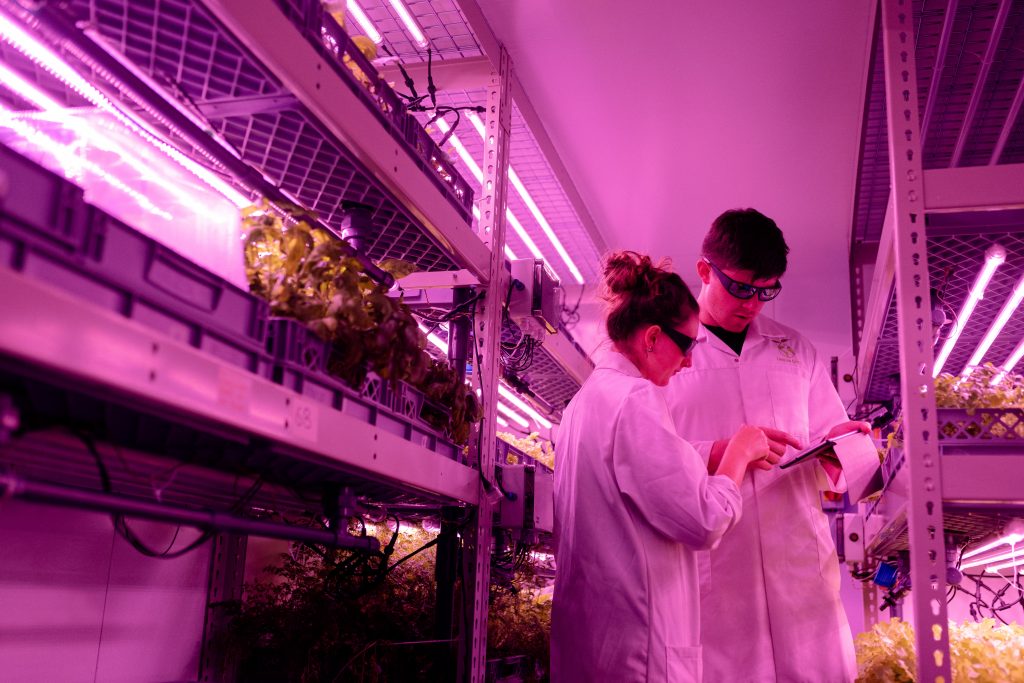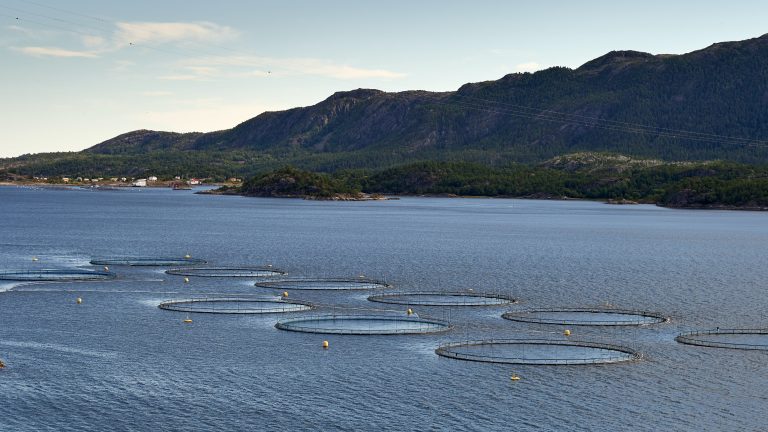Don't miss our holiday offer - 20% OFF!

Read also : Smart EWS: Enhancing Speed and Accuracy of Response
Managing urban parks and green spaces requires continuous innovation. One of the recent breakthroughs leading this transformation is soil moisture sensors. In this article, we’ll explore how soil moisture sensors lead the transformation of municipal landscaping towards a smart and more sustainable future.
Contents
Bringing Technology to the Ground: How Soil Moisture Sensors Work
Soil moisture sensors are small devices buried in the ground, providing information about the moisture content in the soil. They operate on a simple principle, measuring soil humidity and delivering data as a percentage. When the soil is dry, these sensors notify the landscaping department to activate irrigation, reducing water waste and ensuring sustainability for the green areas.
Incredible Benefits: Smart Soil Moisture Monitoring
Soil moisture sensors offer countless benefits, including:
Efficient Irrigation

Read also : Smart and Efficient: Leveraging Motion Sensors for Energy-Efficient Buildings
These sensors enable precise plant-specific irrigation, preventing water waste.
Real-Time Monitoring

Read also : Utilizing IoT in Flood Monitoring and Early Warning Systems
Landscaping departments can continuously monitor soil moisture and respond promptly to changes.
Healthier Plants

Read also : Integrating Plant Monitoring with Sensor Technology in Smart Agriculture
With proper irrigation, plants thrive, enhancing the beauty of parks and residents’ quality of life.
Conclusion
Soil moisture sensors have paved the way for smart landscaping management. With real-time monitoring, efficient water usage, and healthier plants, municipal landscaping is heading toward a brighter and more sustainable future for the community. They prove that this sensor technology is the key to more intelligent, smart sustainable, and captivating urban landscaping.





